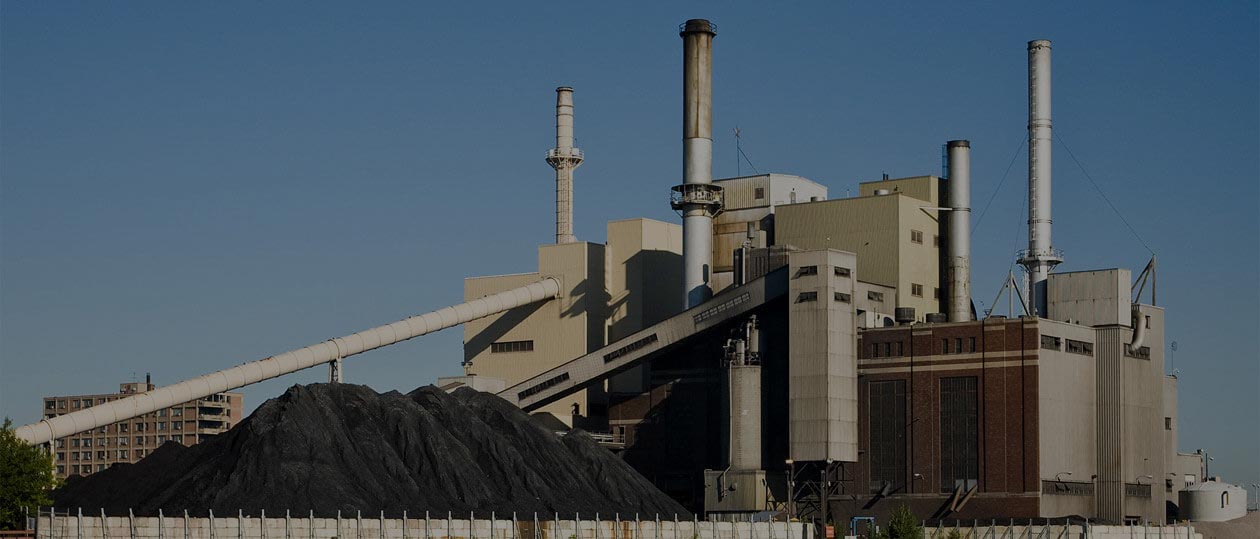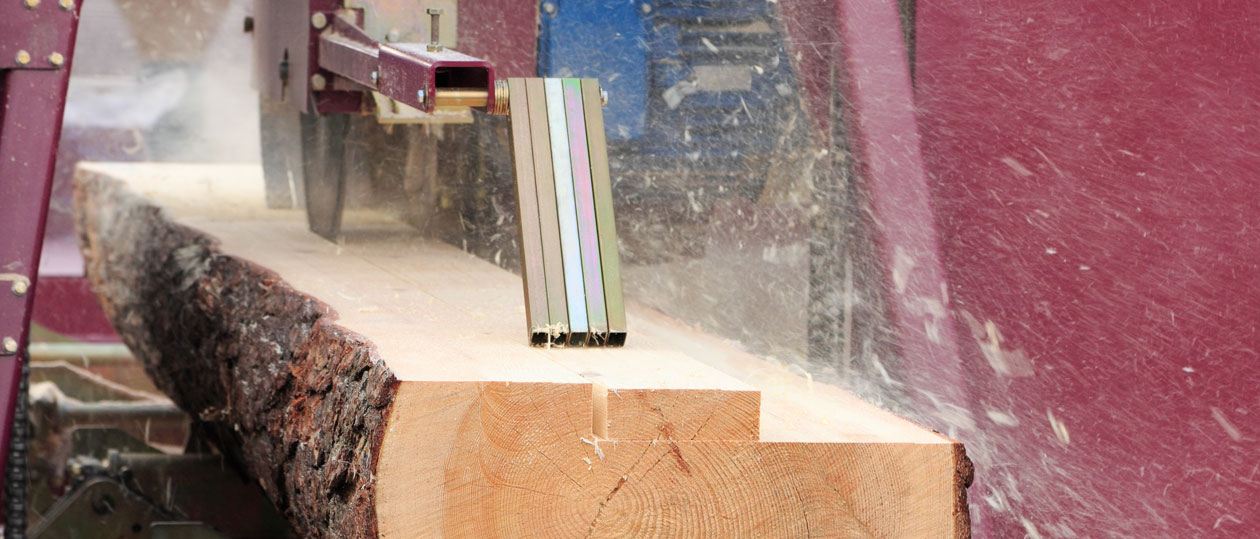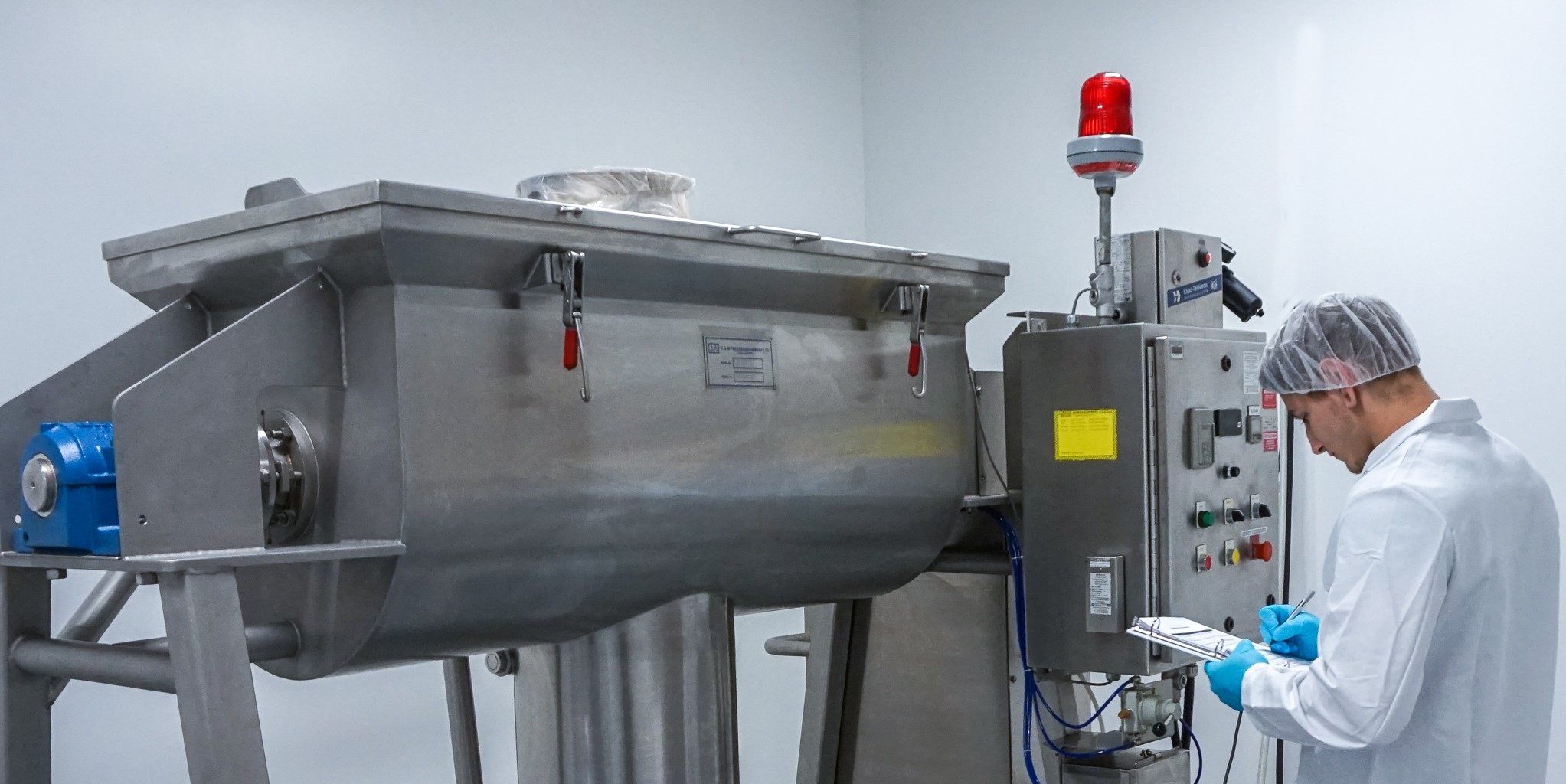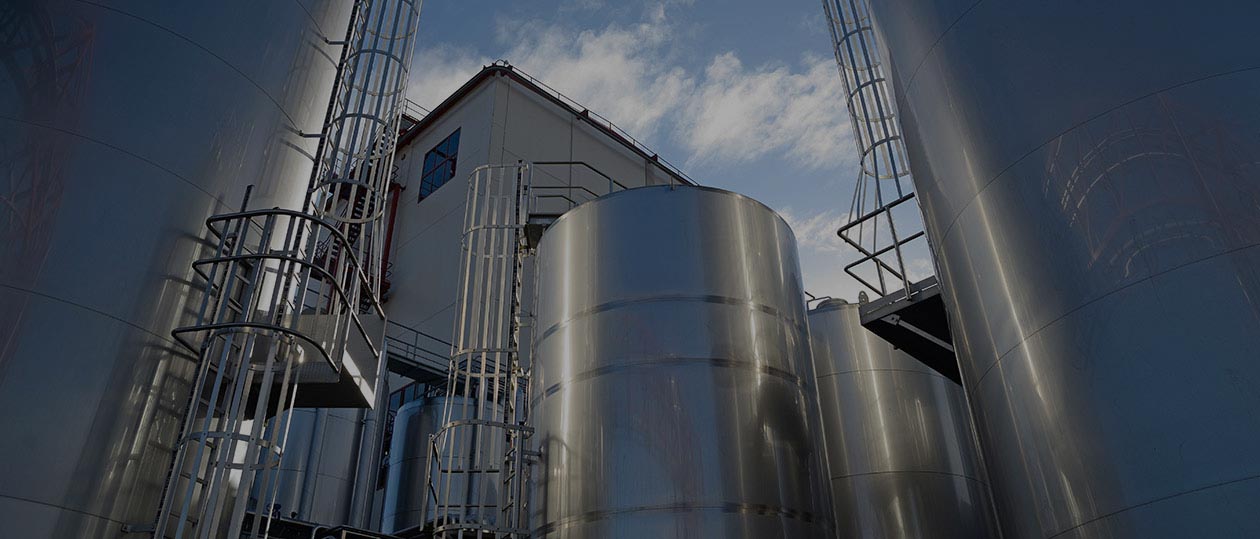Search
Explosion in Particle Board Production; Friction/Impact ‘Sparks’
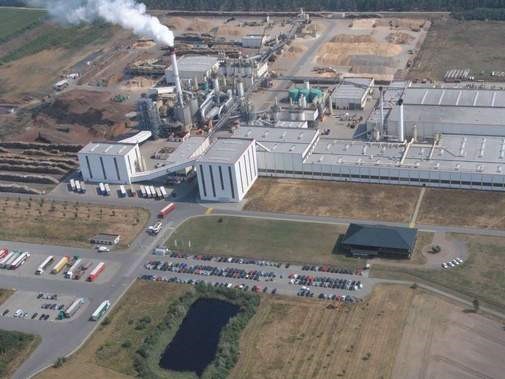
September 2019
Three weeks ago, at 7am on August 23rd, the life of a 38-year-old woman in Lower Saxony, Germany, was about to take an unpredictable turn for the worse (ref 1&2). Within the hour, she found herself being rushed to the hospital in Braunschweig by helicopter, having been caught as a bystander in a significant dust explosion. She was seriously injured while on shift as a worker at a particle board manufacturing plant; she was outside a dry cutting area building at the time of the blast. Unfortunately, she was in the wrong place at the wrong time and was caught in the path of a roller-door that had become airborne and detached from the building by the explosion forces. The ignition source was reported to be a ‘spark’ from a mill in the dry cutting area. Source: Volkstimme
‘Particle board’ refers to low-density fiberboard (LDF), and chipboard. It is a product manufactured from wood chips, sawmill shavings, and sometimes sawdust, which are mixed with a suitable binder – usually a synthetic resin. The product is pressed and extruded to construct the boards we routinely see in our favorite home improvement stores.
It is not completely clear from reports of the incident exactly what happened, but the consequences of the explosion, which turned building components (including windows and gates) into missiles, included injury and damage to plant. A number of fires followed the blast which were extinguished by the attending fire service. The incident was reported to have caused over $300,000 of damage and, of course, there would have been significant disruption to operations.
Stonehouse Commentary: Impact Sparks
At the time of writing this article, the police had reported that there had been a dust deflagration in the so-called mill building and that it was caused by a ‘spark’. Regular readers of our Safety Dispatch articles will be aware that a number of our previous stories have concerned ‘sparks’ of the electrostatic type but given this incident, we thought it may be of interest to readers to take a quick look at ignitions caused by friction or impact sparks. It’s worth pointing out that we are not party to private or privileged information on the incident reported here, but many readers will be operating mills and cutting equipment that are quite capable of producing incendive impact and friction sparks, and so we take the opportunity to look at these in a little more detail.
Impact ‘sparks’ have very little in common with electrical or electrostatic ‘sparks’, despite sharing the same name. Impact sparks generally involve hot or glowing material that flies off at impacting surfaces when they come together with force – such as inside a mill or during mechanical cutting. Electrical or electrostatic sparks, on the other hand, involve the breakdown of gas – usually air, due to voltage differences – and a flow of ions (current) through the air.
Perhaps the best-known type of impact spark involves alloys of light metal such as aluminum, magnesium or titanium with oxygen-rich materials such as rusty mild steel; These sparks are known as thermite sparks. The impact of rusty metals on certain surfaces (e.g. a rusty tool impacting a painted surface containing aluminum) can readily generate sparks, or spark showers.
The big question, of course, is that although impact sparks can look quite spectacular, what is their capability to ignite flammable dust or flammable vapor atmospheres? Some would claim that impact sparks are not as ‘incendive’ as they look. In fact, an electrical discharge channel is arguably more able to transfer its heat energy to a flammable atmosphere than can a glowing piece of metal, for example. However, it is known that impact sparks can indeed ignite flammable gas/vapor atmospheres and some dust clouds.
The good news is, though, that dust explosion testing is available to establish the susceptibility to ignition of flammable dust atmospheres by impact sparks. These tests generate information on the sensitivity to ignition of the powders to both heat (auto-ignition) and also to electrostatic sparks which, it turns out, can be combined to ascertain and overall sensitivity to impact sparks of various types. Read about Laboratory Testing.
The sensitivity of flammable mixtures to impact ‘sparks’ is a big topic and one to which we intend to return in future Safety Dispatch articles. In the meantime, if you have any concerns about the sensitivity to impact spark ignition of materials you process, or any questions on electrostatic safety, static electricity warning signs, or dust explosion safety, please feel free to contact us.
References:

Get in touch
To learn more about our expertise and services in dust explosion prevention & mitigation, call us at +1 609 455 0001 or email us at [email protected] today.
We also offer tailored virtual and in-company process safety training programs on Dust Explosions, Static Electricity and HAC (Hazardous Area Classification) and more. Find further information here.








